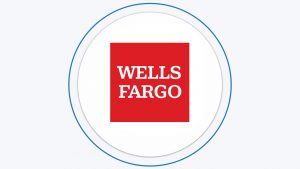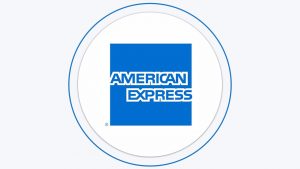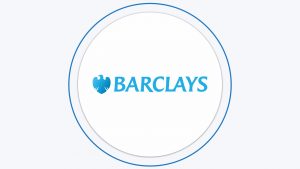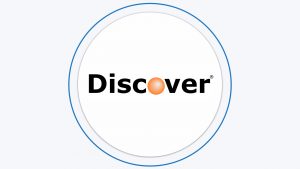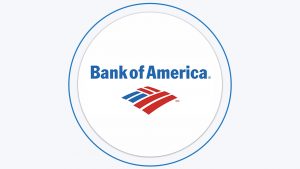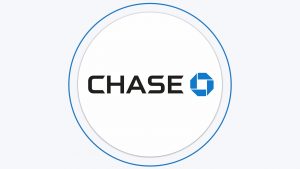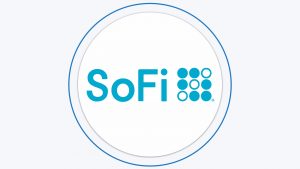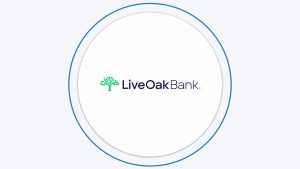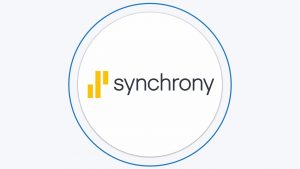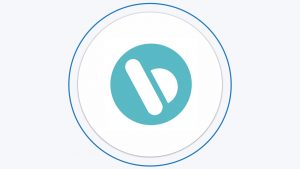Table Of Content
Many people defer planning for the future because their present life is so demanding and everything’s going well with them.
When you were in your 20s and 30s, your retirement seemed very far but when you reach 40, you begin to think of your financial responsibilities – now and for your retirement. This could be the time that you are earning the most income, so you can benefit far more from planning your taxes carefully.
However, this could be the time when your expenses have also grown because of home ownership. If you have children, now is the time you’re preparing for their college fund. When all these financial elements congregate in your life at this stage, you have to put in a lot of thought into planning and strategic investing.
We are going to give you a financial roadmap, so you can plan your investment wisely during these productive and rewarding years of your life. If you are in your 40s and want to jump-start your venture on investing, here are some tips to help you.
Diversify Wherever You Can
The financial market will always go up and down no matter the season. One way to protect yourself from this fluctuation is to put your money in more than one type of investment. Your portfolio should have bonds and stocks.
Make sure that you have a mix of stocks in big and small companies, in companies that have their base and business in the U.S. and overseas. There is a shortcut to this and that is by investing into mutual funds. It lets you own a small fragment of many diverse stocks and bonds simultaneously.
- Aim for diverse asset types. Create a mix of assets such as stocks, corporate bonds, municipal bonds, real estate, and others.
- Go for diverse sectors. Load up on different sectors such as precious metals, financial technology, manufacturing, etc. If you’re exclusively into gold stocks alone, any serious fall on the gold prices could ruin your financial future.
- Spread out geographically. Ideally, you should own a mix of assets from all over the globe. If your investments are all stocks, bonds, real estate, and other assets based in Australia, what would happen if Australia suffers an economic downturn? You’ll suffer tremendously while other investments may not feel the effect at all.
You can collaborate with a financial planner for the right asset allocation plan for you that matches your age, risk tolerance, and income. Or, try an online calculator to get a ballpark figure. If you don’t want to be a very active trader or investor, you can get a target-date fund. It will automatically allocate your investments and adjust it in line with your financial time frame.
Take Advantage Of Your Employee Benefits
If you work for a large company, chances are, they may offer avenues for you to invest conveniently through direct payroll deduction and even with possible tax benefits and discounts. Some companies even let their employees buy company stock at lower-than-market prices.
Usually, your retirement plan (such as a 401(k)) is the most valuable benefit you can have. It allows you to make regular contributions and save on your current income taxes. And, as soon as you put your money into the account, it can compound and grow over the years and decades without you having to pay taxes for their income. In case your employer offers to pay a match, try to contribute the maximum amount or steadily work your way up to that.
If a 401(k) isn’t available or if you’re already earning a match, check if you can get a Roth IRA based on your income. Although it won’t give you a tax break on contributions (like a traditional IRA or a 401(k) will do), you still can come out ahead later. You normally won’t have to pay federal taxes when you take your money out in retirement. That’s true – your contributions and investment earnings grow free from taxes.
Even if you’re self-employed, you need to establish and use a retirement plan. Don’t forget to spend time learning about the best investment options available to you. And of course, you have to use them.
When it comes to retirement savings plans, 55% of American adults save their money using a regular saving account, according to T. Rowe Price. 401(k) plan closely follows by a margin of 54% of the respondents.
Reduce Your Cost
Mutual funds, index funds, and ETF portfolios are ideal in keeping your asset diverse. And by availing of an auto-deposit service, you can keep pouring money into your investments regularly and automatically. But don’t forget one very important thing to factor into your calculations: fees. Yes, we know that this may be immaterial to many people, but beginners often neglect to take fees into account.
Mutual funds have fund managers who actively managed them. That is good but all that experience and expertise cost money. Mutual funds come with an annual fee of 2% or more. Offhand, you may dismiss 2% as a drop in the ocean but when you total that cost for 5, 10, or 20 years, that makes a big sum.
So, when trying to decide on a specific fund, don’t distract yourself by focusing on the colorful line graph that highlights the returns from the last few years or the number of starts it got from the reviews. Instead, look at these equally important items:
- The fund’s expense ratio. How much are the operating costs, including the fees paid to the manager, lawyers, taxes, and more?
- The fund’s turnover. How often they trade the fund? A higher turnover usually translates to a higher transaction cost.
- The fund’s load fee. How much would they charge you when you buy or sell shares of the fund?
What you’re looking for on all of these factors are a low or below average numbers.
For index funds, you pay much lower fees. The catch is, you’ll be responsible for managing your portfolio. Or, you can ask them to manage it for you, but the fee is much higher.
Pay Attention To Roth IRA
Here's an interesting thing. If you’re already contributing to a workplace retirement plan, you can still invest to Roth IRA as long as your household income isn’t above the annual limit.
If you’re married and jointly filing your income tax, you can contribute the maximum 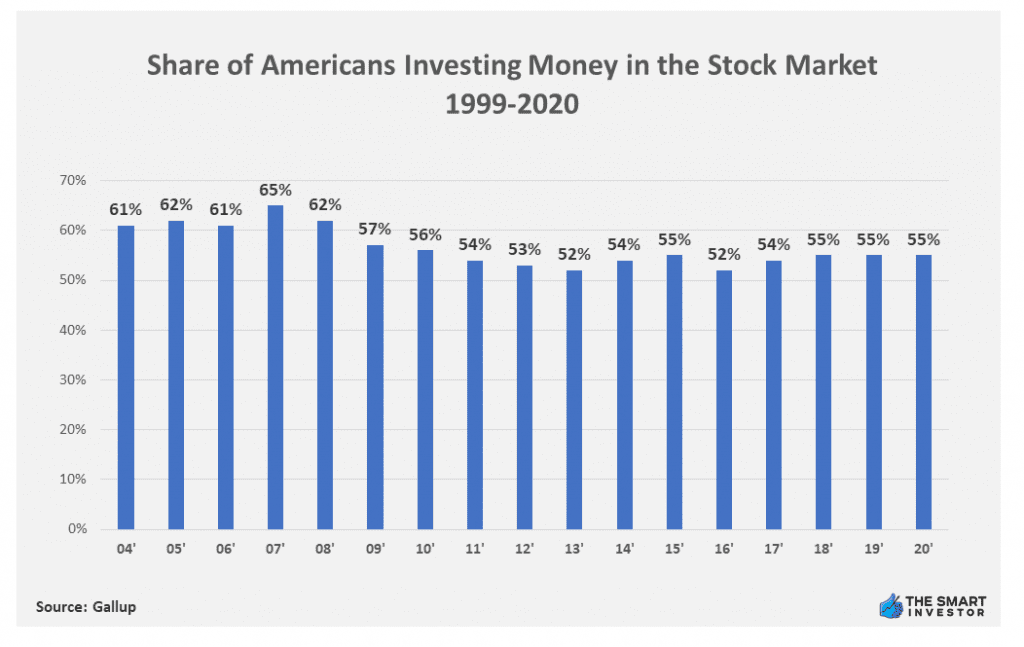
Maximize Your Retirement Savings
In the 2022 tax year, the IRS will cap IRS maximum contributions for a 401(k), 403(b), most 457 plans and the Fed’s Thrift Savings Plan at $20,500. This makes it a great time to spread out your contributions to that you can maximize your employer-sponsored retirement plan savings. Just see to it that you’re at least contributing enough to take advantage of any employer match.
When you are in your 30s, time is still on your side when it comes to making up for market losses. This is a good time to take some calculated chances. Normally, a target date fund can help you diversify your portfolio in accordance to your projected retirement year. For example, a 35-year old employee may set his eyes on a 2050 target date fund, which will likely be full of stocks and mutual funds that are more volatile and aggressive. Of course, there would be some bonds to diversify the portfolio. The target year is an estimate of the year that will coincide with the person’s retirement year.
Debt? Pay It Off As Soon As You Can
Being debt-free when you retire is ideal especially being mortgage-free. You’ll remove one of your biggest regular expenses which means you don’t have to take large withdrawals from your retirement savings during market slumps to pay your bills. But at this stage, there may be better uses for your money, especially if you have a mortgage that does not have a very high-interest rate. You’re better paying off debts with higher interest rates such as credit cards and parent college loans.
If there’s still some money left, try accelerating your mortgage repayments. You could ask to refinance to a 15-year mortgage, or you could simply make additional payments on your present mortgage. By adding the total of 13 monthly payments and dividing it by 12, you can pay that amount every month to each monthly bill. Or, just pay an additional month at the end of the year. If you have a 30-year mortgage, by making an extra monthly payment each year, you will effectively reduce the term of your loan by around four years.
A majority of Americans have a plan to reduce their personal debts within specific timelines, based on a poll conducted by Northwestern Mutual.
Consider Buying Insurance
Calamities are the single biggest reason that drives people to bankruptcy. Reduce this risk by covering yourself with adequate health insurance, disability insurance, and car insurance.
If you have dependents, take a term life insurance for the length of time that you think your dependents will rely on you financially. Many financial experts advise against whole life insurance if you’re starting the policy in your 40s.
These are just general comments. Talk to a fee-only financial planner who can give you a bit of personally-tailored advice. Go to planners who have a “fiduciary duty” to you as their customer.
Consolidate Your Accounts
Maybe at this point in your professional career, you’ve been under several employers, have done several jobs and may be eyeing to shift careers. If you already signed up to contribute to an employer-sponsored retirement plan, even for your short-term gigs, it would be good to do some housekeeping with your retirement accounts.
You can best consolidate multiple 401(k)s from different previous employers under one basket by doing a 401(k) rollover into an individual retirement account. Aside from seeing all those contributions from your many ex-companies in one account, here are other IRA benefits:
- You protect yourself from an inescapable tax bill. By getting money from a 401(k) and not being able to move it into a similar tax-advantaged account opens you to a 10% early withdrawal penalty, plus additional income taxes for the year.
- You can have more investment choices. When you are contributing to a workplace retirement plan, you just go with what the plan administrator provides. An IRA gives you access to the wider world of investments, so you can easily customize your portfolio.
- You’ll have control over fees. It costs money to run a 401(k) and it's often the participants who have to shoulder the bill.
- You can have your own command center. When you are in control of your investments, you can get a clearer picture of your investment mix and do your own balancing and rebalancing better and faster since all of them are in just one place.
The other demands of life require higher priority. Why would you want to waste your time trying to remember many passwords and logging in to several accounts at different financial institutions?


